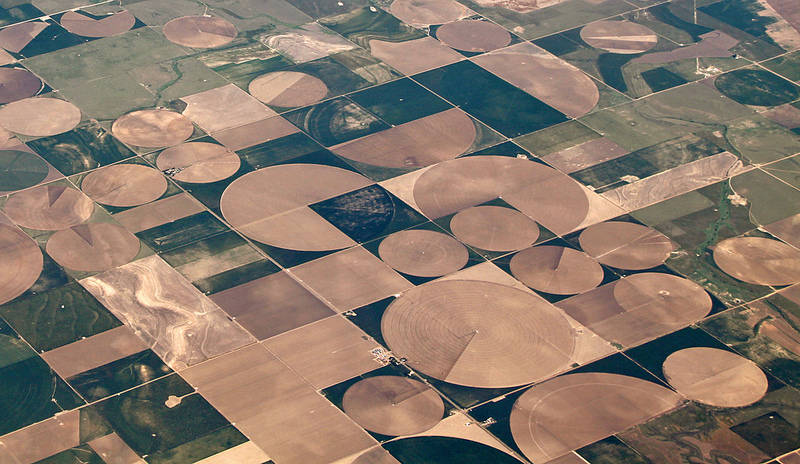
Drought has become a consistent feature of the western United States. A changing climate is leaving the area drier year-round, with natural and man-made reservoirs slowly becoming depleted. Driven by necessity, innovators in Colorado are coming up with ingenious ways to cut water consumption, getting hydropower as a bonus.
Much of the west coast’s water comes from the Colorado river, which, as its name suggests, originates high in the Rocky Mountains of Colorado. The current drought is most severe at the end of the line in Nevada and California, but Colorado is also drying out. Restrictions on residential water use are helping, but can only do so much. Agricultural land in California uses approximately four times as much water as cities do, so cutting water consumption in the industry is necessary if the region is to sustain its current agricultural output.
The Colorado Pressurized Irrigation Small Hydropower Partnership Project, working through the Colorado Department of Agriculture and the Colorado Energy Office, is helping the state’s agricultural producers transition from the water-costly flood irrigation method to pressurized center-pivot sprinkler irrigation systems. The circular sprinkler systems will deliver water more efficiently to crops, and reduce overall water usage. And, if they’re designed along the lines of the pilot project built at Bear River Ranch in 2014, they’ll be able to power themselves using water. The system is designed to create hydropower by using falling water to pressurize and drive its center pivot, eliminating the need for an external power source.
Not needing to connect the sprinkler to the electrical grid is a considerable savings for the ranch, considering that powered irrigation currently accounts for over 50% of the electricity use in Colorado’s agricultural sector. Powering the sprinklers with the water they are going to deliver to the crops is an ingenious and elegant way to cut cost, and various federal and state funding is available to help defray the costs of the installations. The Hydropower Partnership Project aims to install 30 of these systems across the state within the next few years.
Beyond Hydropower Irrigation
Hydropower is clean and emission-free, and runs off a renewable resource. The state’s terrain and natural resources are ideal for small-scale hydroelectric projects like these circular irrigation systems. But Colorado isn’t stopping at crop sprinklers. The program also has plans to develop low impact hydropower installations in other suitable locations like small reservoirs and irrigation canals. Wherever water moves downhill, there’s an opportunity to use it to produce electricity.
The Colorado Energy Office provides a 100-page Small Hydropower Handbook to residents to want to explore the feasibility of getting electricity out of the streams and reservoirs on their land. The handbook covers everything from the legal issues surrounding permits and water rights, to initial site assessment and feasibility studies, to the specifics on what kind of turbine would work best.
Shrinking hydroelectric installations to a more manageable size is not a new concept, but it’s one that’s beginning to get more attention. That’s encouraging, because if we’re going to have less and less water left, we may as well get as much out of it as we can.
Via Colorado Energy Office and Colorado Department of Agriculture
Image credit: via Flickr under Creative Commons licence